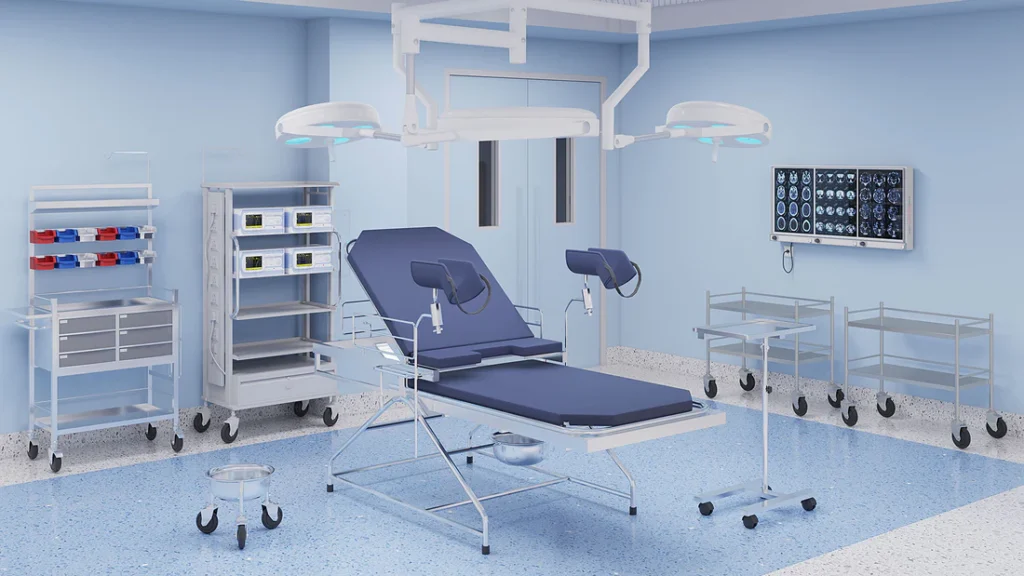Choosing the right furniture for a healthcare facility can be challenging due to the many options available. The hospital’s needs vary, and since furniture is not cheap, it is important to ensure the investment is worth it. Ideally, each piece of furniture should suit the staff and patients, which means there is no room for mistakes. Here are key considerations to help healthcare facility managers or owners select the right furniture.
Comfort
One primary factor to prioritize when selecting furniture for a healthcare facility is comfort. Hospitals are full of functional furniture like ward plain beds, ICU beds, pediatric beds, and semi-fowler beds for inpatients.
So, the rest of the healthcare furniture should offer outstanding comfort levels, especially for outpatients and staff. Manufacturers can provide quality pieces with backrests, rails, and motors to make patients comfortable and ensure that the employees do their work more conveniently.
Infection Control
Before buying furniture for a hospital or clinic, it is important to understand the need to implement infection control measures. Hospitals are susceptible to germs and viruses that can easily cling to furniture.
As a result, it is crucial to choose pieces of furniture that can be disinfected easily. Furniture designers are now making pieces with anti-microbial properties to make it easier to disinfect them. This makes it easier to control the spreading of germs and viruses.
Visual Appeal
For ages, clinics and hospitals have been linked with dull undertones, which can cause stress to patients who are already dealing with sickness or mental health challenges. Psychologists have found that adding attractive colors in a health facility can improve patients’ general mood and encourage them to heal faster.
Today, manufacturers are making furniture with more colors for hospitals and clinics. Health facilities can now get furniture with different shades, ranging from vibrant orange and red to purple and cool blues. The color choice will depend on the theme or appearance that a facility wants to attain.
Longevity
Besides comfort and improved aesthetics, hospital management should prioritize durability when buying hospital furniture. No health facility wants to replace furniture regularly because this can be expensive in the long run. So, before getting any piece, it is essential to ensure the furniture is made using high-quality materials and is well-designed.
The fittings, frame, and accessories should also be able to hold up a minimum weight of 400 pounds since they might carry several patients at a time. Buyers should also consider the availability of replacement parts to avoid trouble when the furniture needs maintenance and repairs.
Sanitation
Cleanliness is critical in a hospital as it helps prevent the spread of germs and viruses. Before choosing furniture, buyers should think of materials that are easy to clean. Experts recommend getting furniture made from high-quality material that does not stain or deteriorate fast.
Buyers should avoid furniture with cracks and poor protective coating, which makes it easier for germs and pests to get stuck in the furniture. Therefore, healthcare facilities should choose furniture that requires minimal maintenance.
Space
Another aspect that cannot be ignored when choosing furniture is space. Ideally, the furniture shouldn’t take up all the available space. It should be well-fitted to make it easier for the patients and staff to move around. The furniture should not have sharp edges; soft, round edges and bends promote safety.
With these tips, healthcare facilities can get the right patient furniture and create a vibrant and conducive environment. People buying hospital furniture should always ensure healthcare professionals and patients are comfortable and that anyone who gets to the facility is less stressed.







